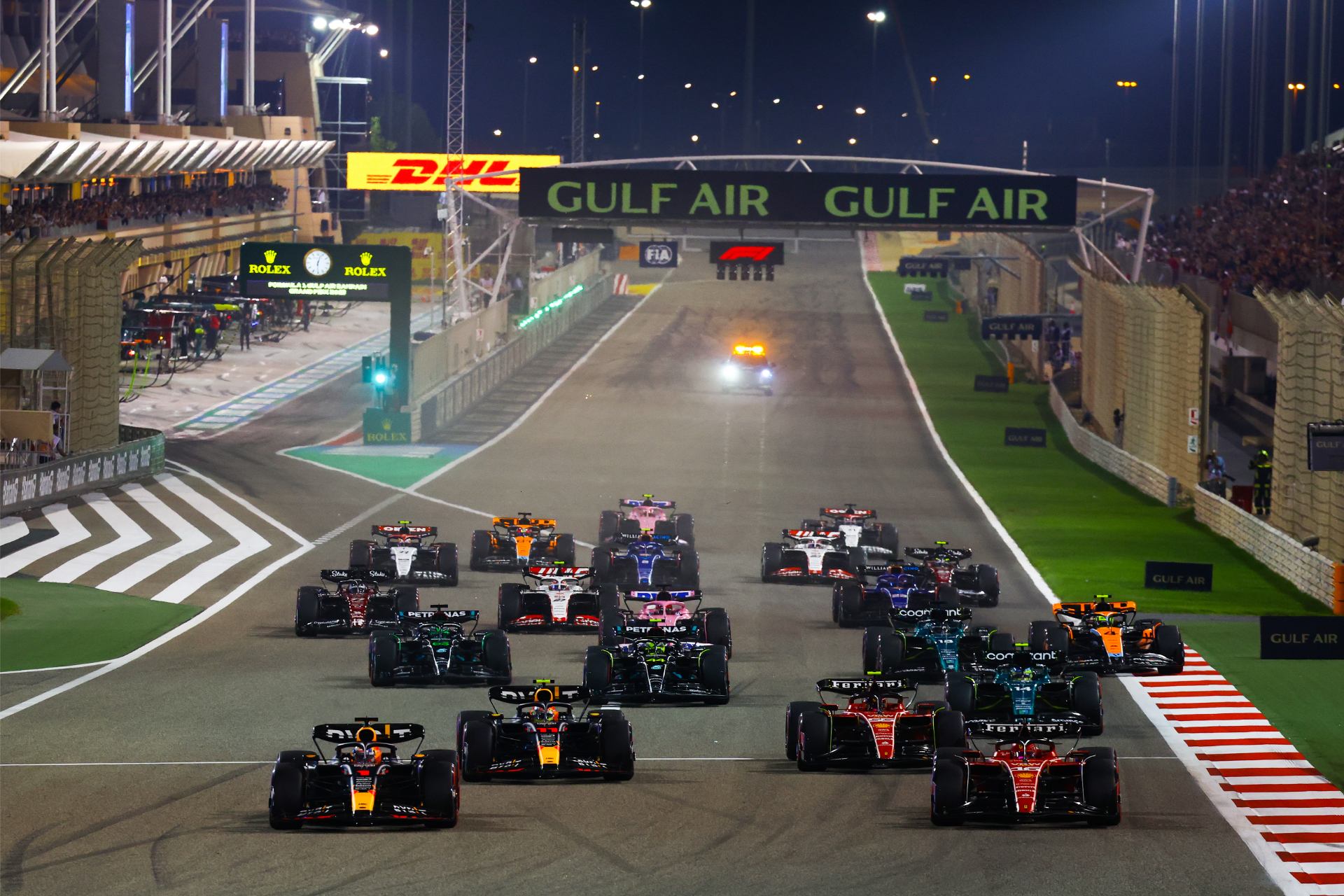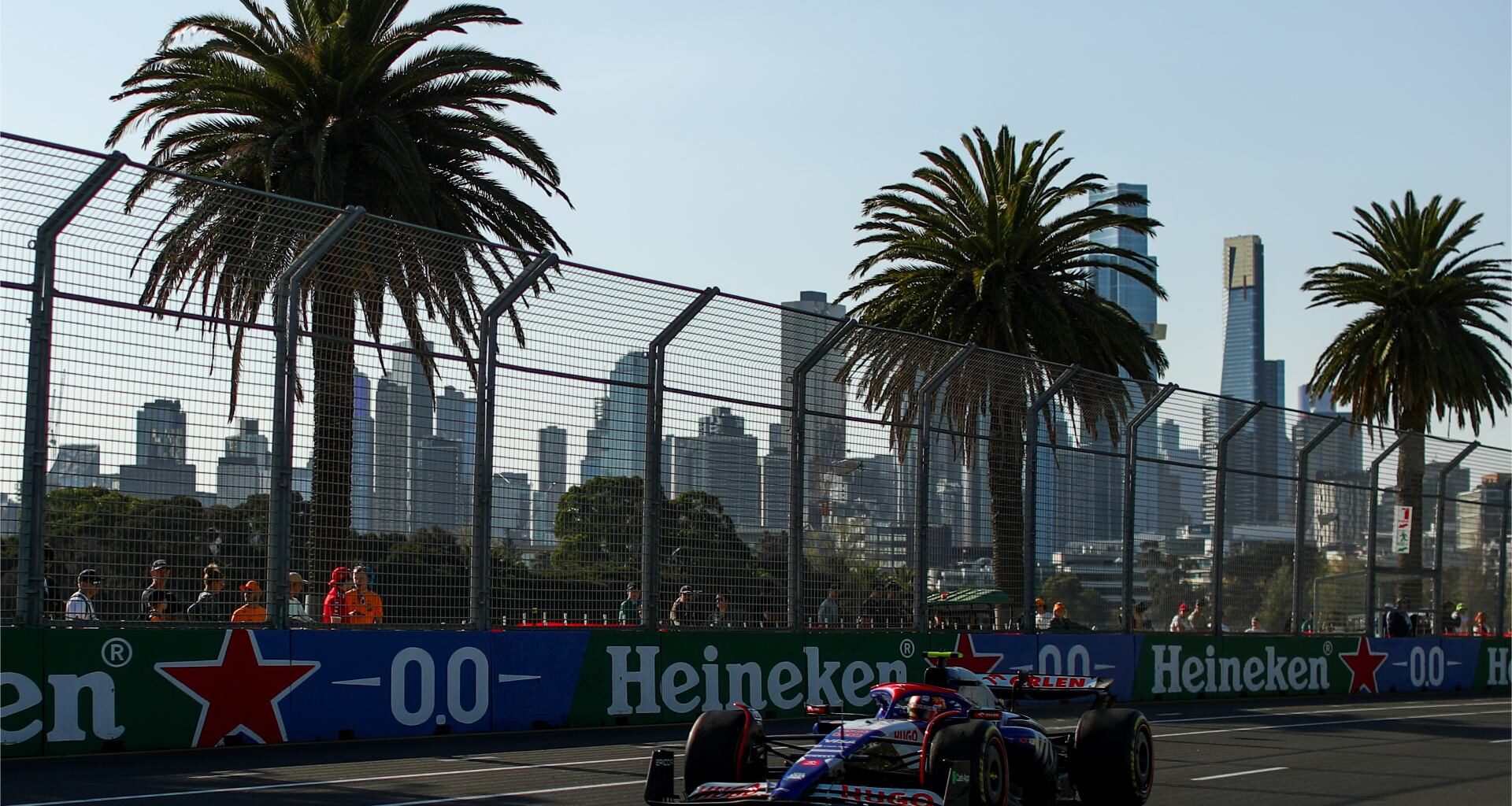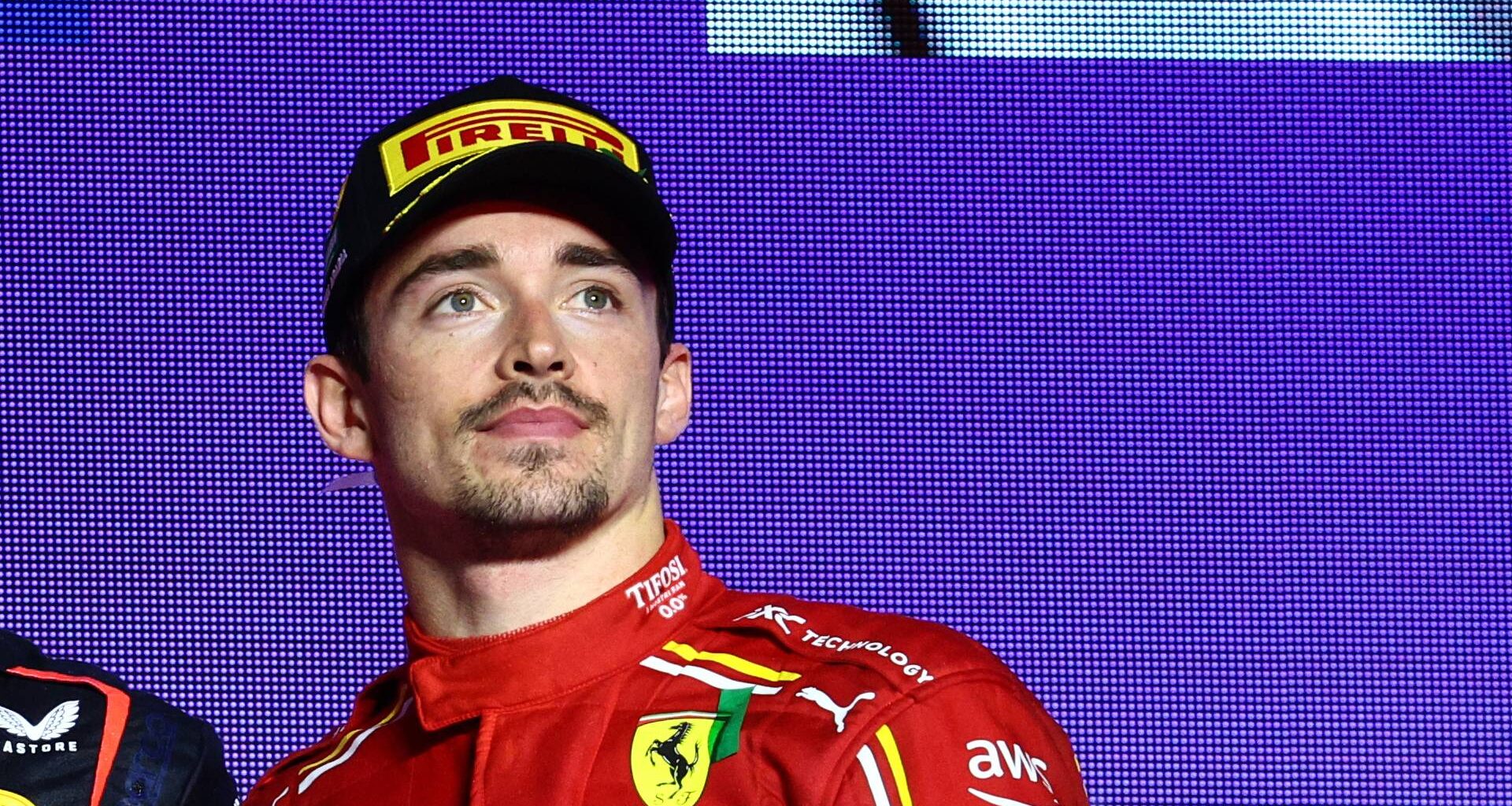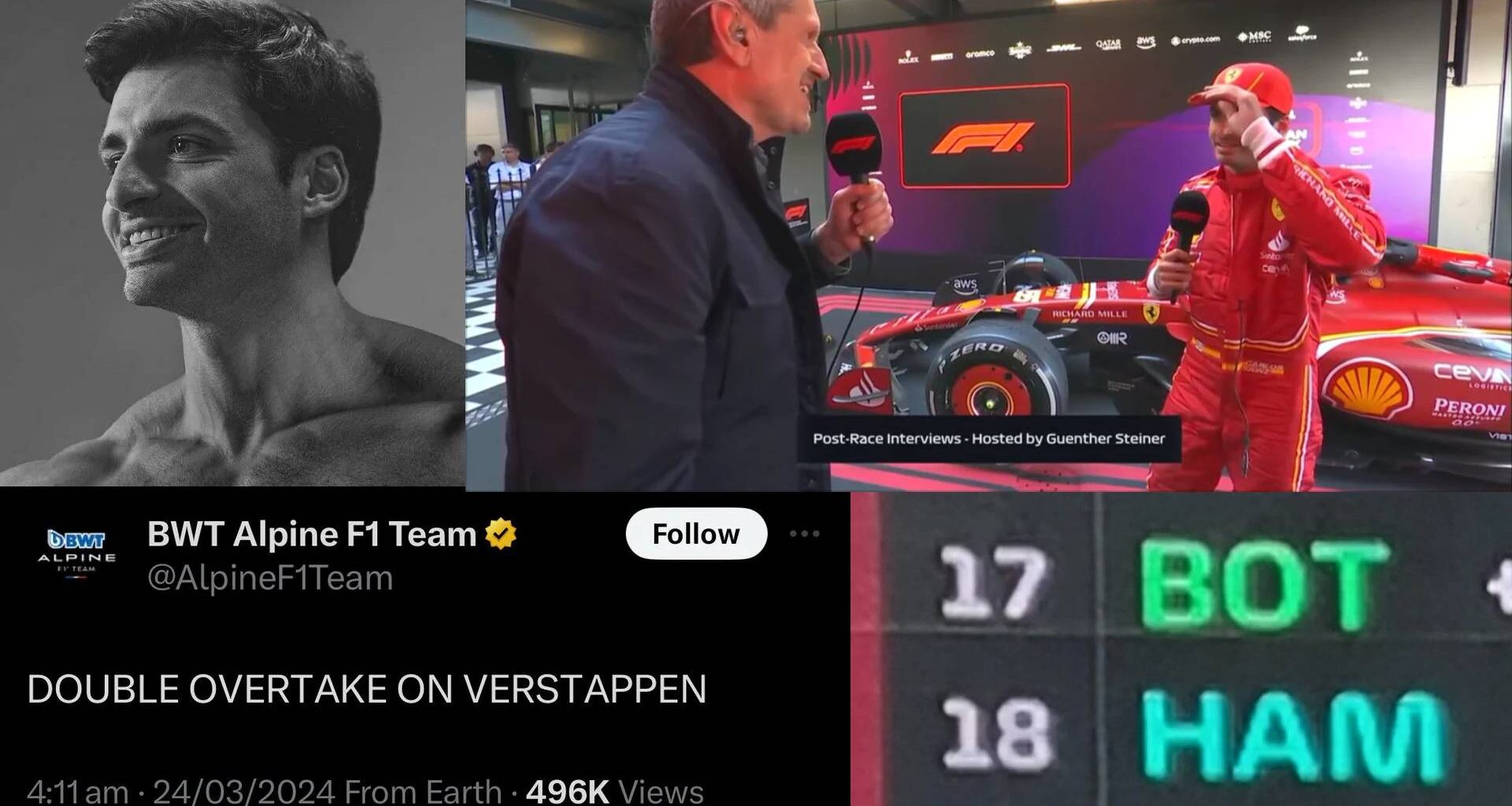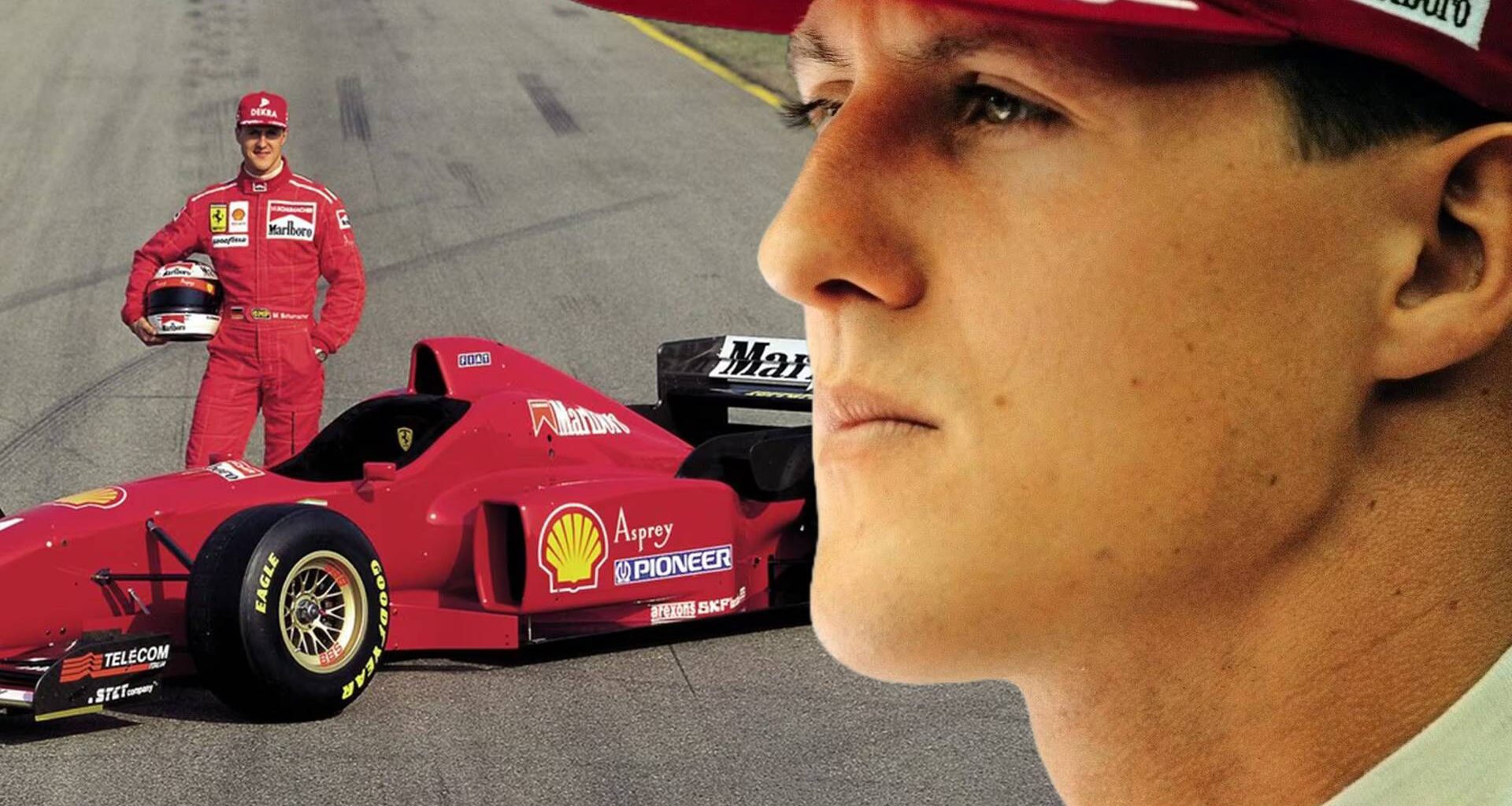In an effort to enhance safety and prevent dangerous interactions between cars during qualifying, Formula 1 drivers will face stricter regulations on slow driving between laps this season.
FIA race director Niels Wittich has issued new guidance as part of his ongoing efforts to address this issue.
In recent seasons, several near-misses have occurred involving drivers at high speed and others going slowly to cool their tyres or power units. To mitigate these risks, the sport’s governing body attempted to regulate this last year by requiring drivers to stay below a maximum time between the pit lane exit and entry. This year, the regulations have been further tightened.
New Regulations for a Safer Qualifying Session
Starting from this weekend, drivers’ pace will be measured at every marshalling post around the lap relative to that lap time. This new approach aims to reduce the likelihood of large speed differences between cars during qualifying and pre-race reconnaissance laps.
The updated regulations state: “For the safe and orderly conduct of the event, other than in exceptional circumstances accepted as such by the stewards, to ensure that cars are not driven unnecessarily slowly on any lap during and after the end of the qualifying session (including in-laps and out-laps) or during reconnaissance laps when the pit exit is opened for the sprint or race, drivers must stay on or below the maximum time set by the FIA ECU at least once in each marshalling sector and at both the first and second safety car lines (a marshalling sector is defined as the section of track between each of the FIA light panels).”
Any driver that exceeds the maximum time set by the FIA ECU may be deemed to be going unnecessarily slowly.
In addition to the new regulations, the race director has also issued new instructions on driver behaviour at specific points around the track to prevent high-speed differentials between cars on the racing line.
The instructions state: “In the event of fast approaching cars, drivers should go off-line between turns three and four, turns 10 to 11 and turns 13 to 14 to avoid any high-speed differential between the cars on track on the racing line.”
Addressing Unintended Consequences
One unintended consequence of last year’s rules was drivers purposefully slowing in the pit lane exit, where there is often little room for other cars to pass. The updated regulations now include the pit lane as well, in an effort to prevent this behaviour.
The FIA hopes to prevent such incidents and ensure a safer racing environment for all drivers.
Sources: Formula 1 Race director notes
